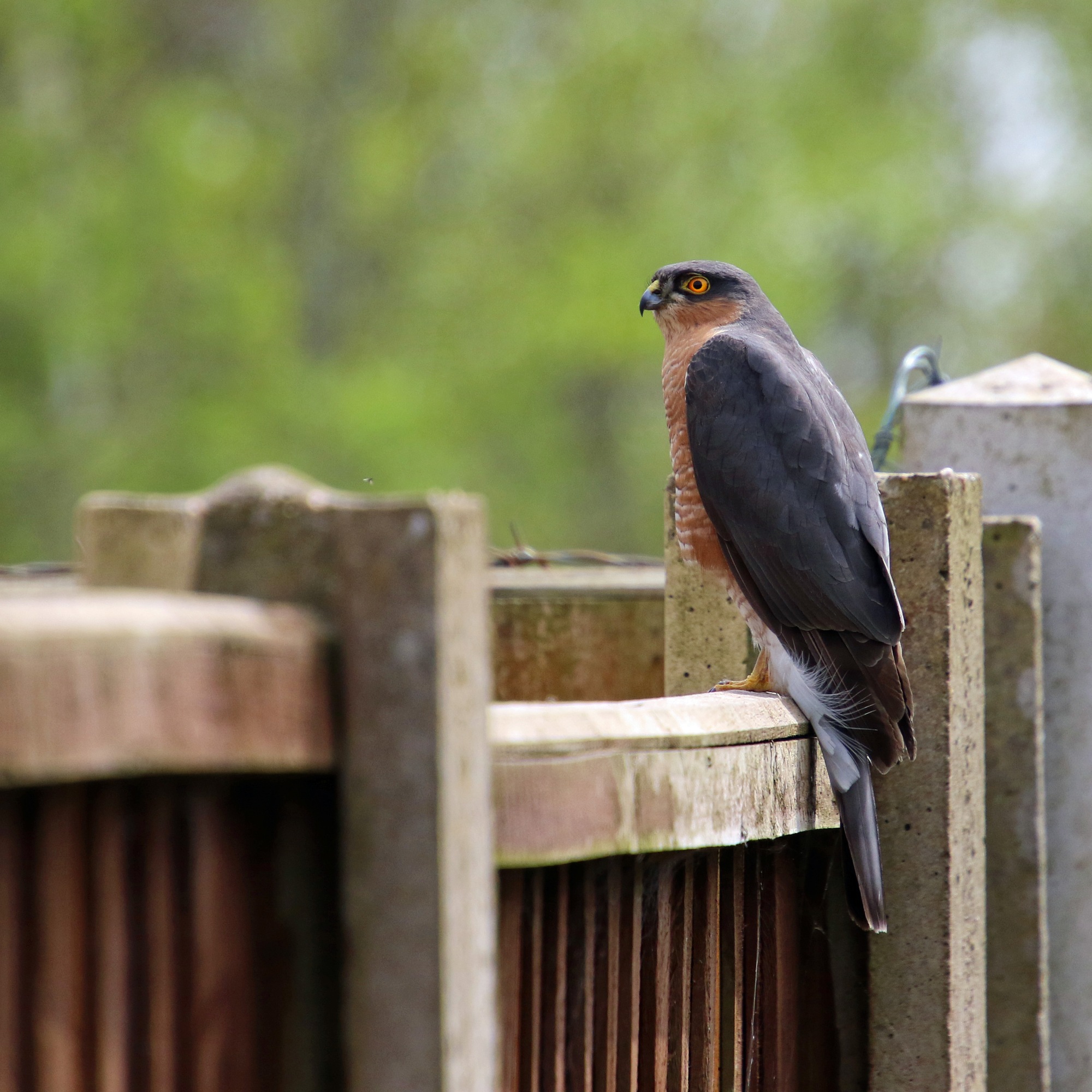Here’s a bumper crop of interesting sightings from the Rowley Hills over the summer and autumn this year!
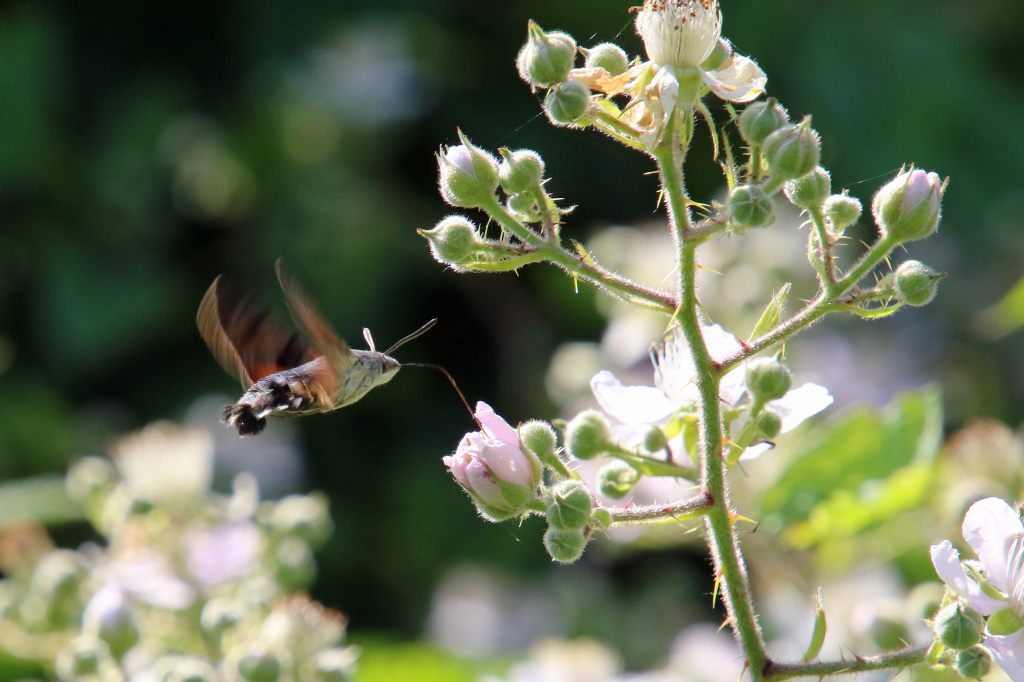
Andrew Cook photographed this Hummingbird Hawk-moth (Macroglossum stellatarum) on 20 June while he was doing a butterfly survey.
This Pyramidal Orchid (Anacamptis pyramidalis) was discovered on Portway Hill by Andrew Cook on 24 June. It’s the first record of this orchid at this site, and only the 10th record in the whole of Birmingham and the Black Country. A fantastic record! Photograph by Mike Poulton.


On the same day, this Bee Orchid (Ophrys apifera) was also photographed by Andrew Cook. One or two Bee Orchids usually appear somewhere on Portway Hill every year, but they are unpredictable!
A Buff-tip moth (Phalera bucephala) caterpillar photographed on 12 August by Mike Poulton.
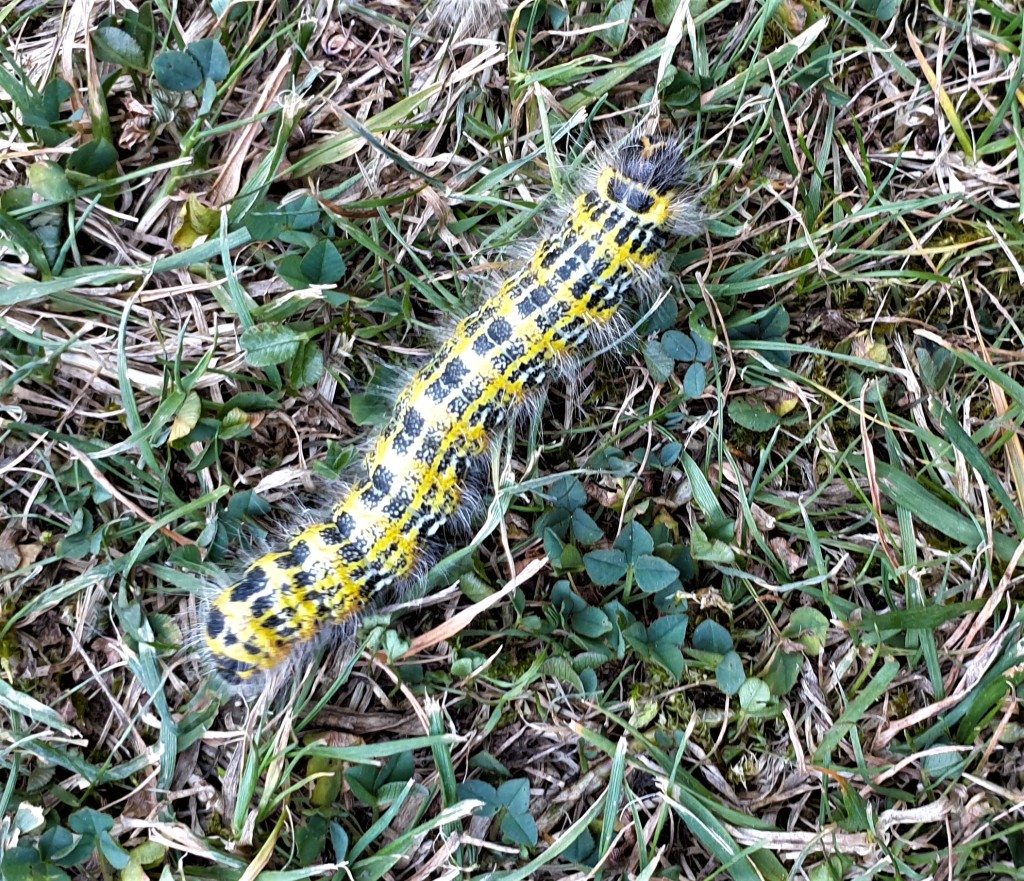

On 2 September, 8 hibernating Herald Moths (Scoliopteryx libatrix) were found and photographed by Mike Poulton in an outbuilding in the Portway Hill area. This is another new record for the site.
On 10 September a local dog walker reported to the Wildlife Trust volunteers working on the hillside that he’d just seen a huge Elephant Hawk-moth (Deilephila elpenor) caterpillar walking across the path in front of him. We didn’t manage to find and photograph it, but here is a photo taken by Mike Poulton of the moth that the caterpillar would metamorphose into!
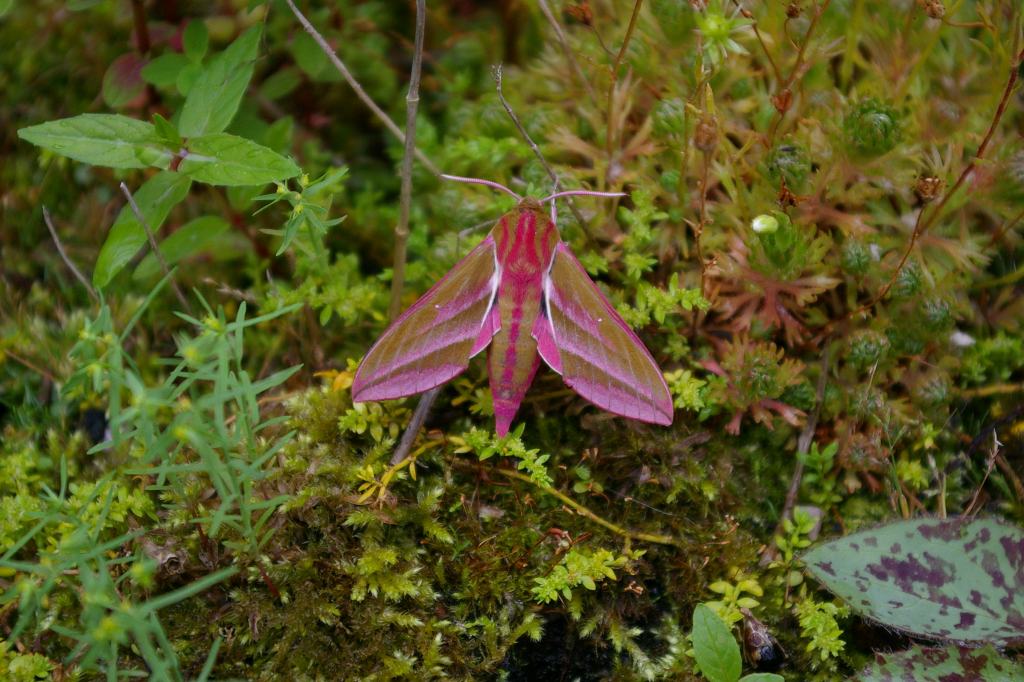
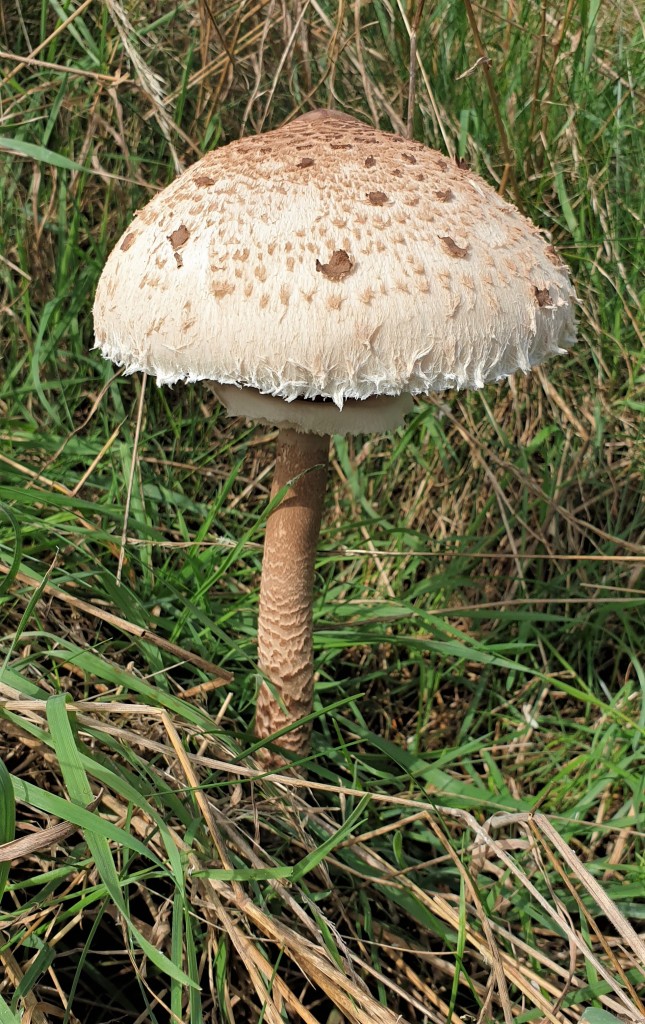
This Parasol Mushroom (Macrolepiota procera) was photographed on Portway Hill by Mike Poulton on 13 September.

